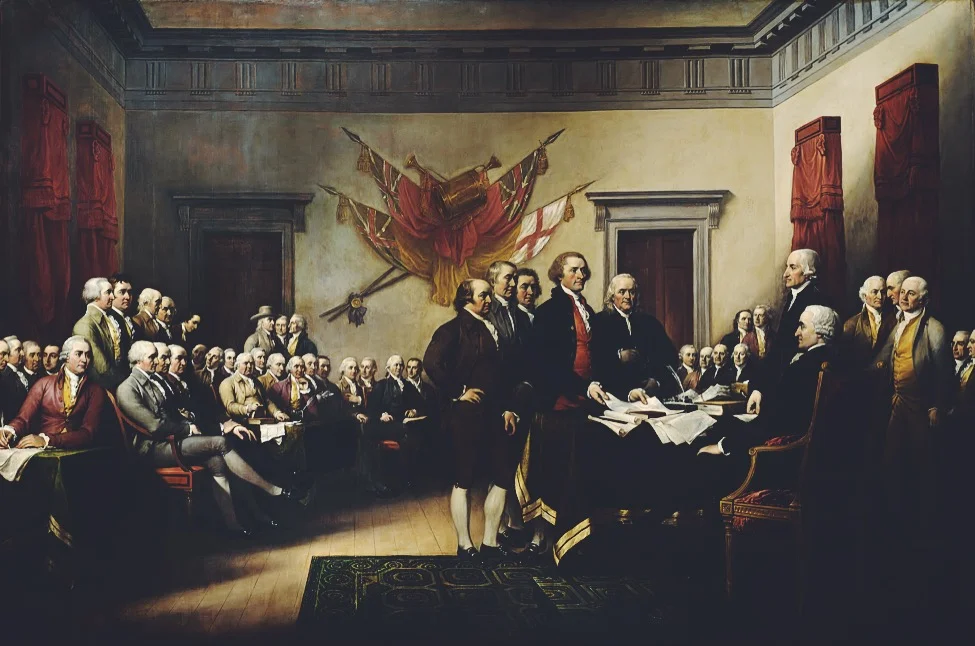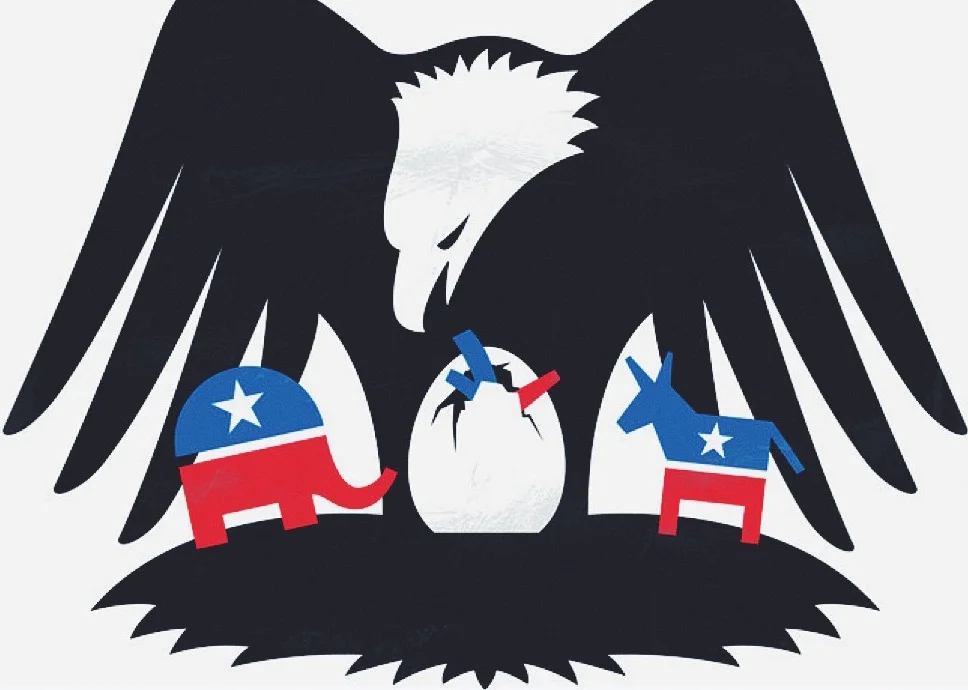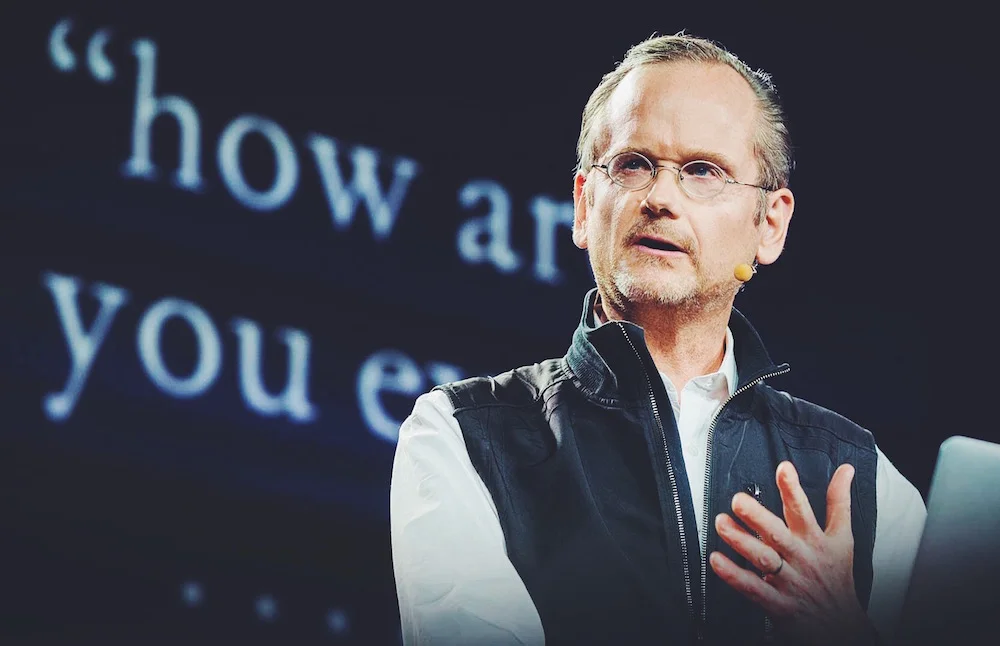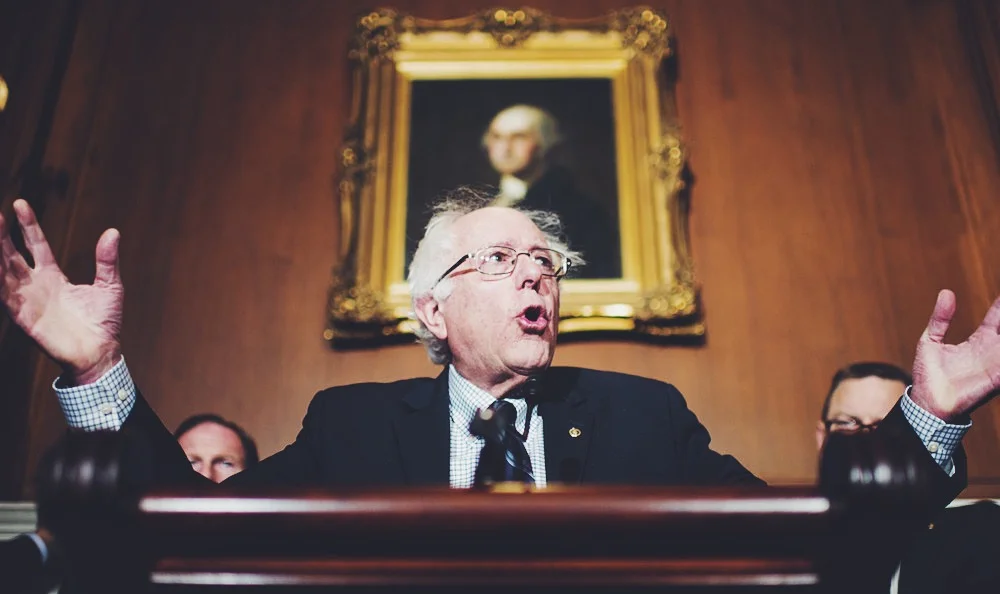Finding a Middle Ground: How a Millennial Movement Can Reunite our Country
The American political system is in the midst of an ideological revolution. This change is largely attributed to a rising new generation of voters looking to ditch the traditional two-party system and uncover fair, political representation.
A look at history
The U.S. Constitution mentions nothing about a party system – many of the Founding Fathers initially distrusted the notion of a political divide via parties. In a letter sent to Jonathan Jackson in 1780, John Adams wrote:
“There is nothing which I dread so much as a division of the republic into two great parties, each arranged under its leader, and concerting measures in opposition to each other. This, in my humble apprehension, is to be dreaded as the greatest political evil under our Constitution”.
And, during his farewell address in 1796, George Washington elucidated the danger of parties within the State:
“The alternate domination of one faction over another, sharpened by the spirit of revenge, natural to party dissension, which in different ages and countries has perpetrated the most horrid enormities, is itself a frightful despotism…It agitates the community with ill-founded jealousies and false alarms, kindles the animosity of one part against another, foments occasionally riot and insurrection. It opens the door to foreign influence and corruption, which finds a facilitated access to the government itself through the channels of party passions.”
History has demonstrated the disregard of these admonitions, and the U.S. has since comprised two dominant political parties. Many of these concerns have evidently come to fruition throughout the past few centuries – election season is full of vicious personal attacks and vows to undo the accomplishments of the previous party. Our political system has fostered division and competition among citizens in place of cooperation – and while complete unanimity on every issue is impossible, people are growing tired of the segmentation.
Transforming the political sphere
Millennials are ubiquitously considered to be progressive. The numbers say we support same-sex marriage and marijuana legalization, advocate aggressively for equal gender rights, and are relatively unattached to religious and political institutions. This is partially ascribed to the implications of technology and social media, not only enabling youths to research topics and form independent opinions but also providing a powerful medium to opine viewpoints.
In the face of rejecting conventional politics, Millennials are the least likely of any other generation to note significant differences in what contemporary Republican and Democratic parties stand for. What exactly does this mean?
Youths are abandoning orthodox political perceptions that lay on opposite ends of the spectrum. We’re not focused on categorized ideologies and remaining loyal to one over another – we’re focused more on comprehensive solutions, on finding a middle ground.
How would you like your eggs, over-hard or raw?
Of course, there are individuals who’d much rather associate with a political party than not. Social identity theory explores the psychological aspects of group membership and the power it can carry. There’s a sense of comfort in belonging to a particular group, as well as a sense of confidence in knowing that others share similar viewpoints.
But a side effect of this 'convenient association' is that people are quick to judge, expecting that one’s views and opinions are strictly based on his or her party ideology. As a Republican, one is automatically considered an anti-immigration, anti-government, pro-life conservative. On the other end, a Democrat is assumed to be an anti-gun, pro-drug liberal who advocates over-spending. There are indubitably a handful of individuals who consider themselves hardcore liberals or conservatives, whose views consistently align with their party preferences – but it’s not always that black and white. In fact, the majority of us fall somewhere in the middle of this diverging ideological spectrum.
Not surprisingly, Millennials are taking the assumption of personal-party consistency and chucking it out the window. A Pew poll shows that about 50% of Millennials don’t associate with any political party. Yes, that’s half of us between the ages of 18-29 that don’t identify as Republican or Democrat. This is a significant shift from any previous generation.
What exactly has caused this change? It can be attributed to a host of reasons – the pervasion of technology and social media has certainly played a role. An overwhelming lack of political engagement may also be to blame, but this in itself indicates that millennials are taking a new approach to, or forming, new perceptions about the political process.
Nevertheless, we’re coming to realize that we don’t need to choose one of the predetermined cookie-cutter options placed before us to formulate a legitimate opinion. We shouldn’t have to settle for the lesser of two evils if we disagree with the two available candidates. We mustn’t be forced to choose an option from opposite ends of the spectrum.
A multi-party system?
In contrast to Washington, Thomas Jefferson asserted that “In every free and deliberating society, there must, from the nature of man, be opposite parties, and violent dissensions and discords; and one of these, for the most part, must prevail over the other for a longer or shorter time”. We’ve witnessed this throughout our political history – parties have facilitated the election process through majorities, yet they’ve engendered deep national schisms that are often difficult to overcome.
We’ve grown accustomed to the televised clashes and brawls that ensue throughout election season – we feed into the one-on-one, winner-take-all excitement and the polarizing rhetoric spurted out by Republican and Democratic front runners alike.
There’s nothing wrong with a heated intellectual debate to determine the leader of our country. Yet there’s something to be said about having a viable third option – or a fourth, a fifth, or a sixth. The U.S. does indeed have more than two parties – such as the Tea party, Libertarian party, and Green party – but these never stand a legitimate chance.
While the implementation of a multi-party system won't necessarily take place in the near future, the possibility of a true, representative multi-party system is neither infeasible nor farfetched. Some of the most successful countries in the world follow this political structure, and our country's growing ideological and cultural diversity makes our system a suitable candidate for such a change. But while this transformation would take years, maybe generations to evolve, we should focus our current attention on one of the most powerful, unfortunate, and misleading elements of Washington today - campaign finance.
The unfortunate reality of campaign finance
Only 135 people are funding the majority of the United States' political campaigns. This should raise a few eyebrows . . . or millions.
Pundits will explain that our nation's unique democratic and cultural makeup isn't fit for a multi-party system. But perhaps at the root of this reality - this suppressed existence of diverse political movements - is actually the veiled political corruption of how campaigns are funded.
Lawrence Lessig, a Harvard Law Professor and potential Democratic candidate, has made it a point in his career to uncover and fix campaign finance policy - the political piece which he claims is destroying the representative intentions of our founding fathers. While this corruption isn't intentionally evil, Lessig explains, it is the unfortunate, evolutionary product of government lobbying and rising economic inequality.
As a result, ideological independents of modest means, like many of us Millennials, are finding our voices go unheard by political leaders as they fall evermore into the grips of powerful, ultra-wealthy funders.
So as the Republican-Democrat divide continues to intensify, and unrepresentative policies continue to be peddled through government, the alert middle-ground voters are now calling for change. We can see it in the polls already - the Sanders/Trump fervor continues to fuel the flames of this political disillusionment with their anti-establishment rhetoric.
But let's not let our ideals further polarize our nation. As voters we should make sure that candidates will actually fix the system, and not feed into what has become a vicious political centrifuge. What we need is a candidate who can stand up to the system, but not forget to embrace our shared, nationalistic spirit - that which is based on ambition, compassion, and love for our country.
We've got some unfinished business
It’s impossible to tell how American politics will be in a couple decades, when there’s a generational changing-of-the-guard within our government. It’s also impossible to envisage and contrive a panacea that can effectively overhaul our current system.
What we do know, however, is that Millennials will be the driving force of social progress and economic development for years to come. The political party group No Labels asserts our situation best: “Not left. Not Right. Forward.”
The notion that a third-party candidate or unconventional Democrat/Republican can never win an election doesn’t fit well with Millennial ideology, and we're making our voices heard. Ultimately, it's this independent movement - taking root with the younger generation and sprouting outwards towards every demographic branch - that will ultimately restore our Democratic Republic.
What we're experiencing is just the tip of the Millennial iceberg. Don't expect us to stop anytime soon.
by lawrence doppelt & charlie stephens
images: unsplash // huffington post






